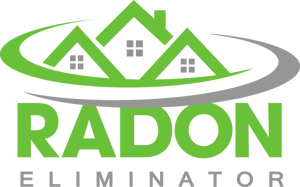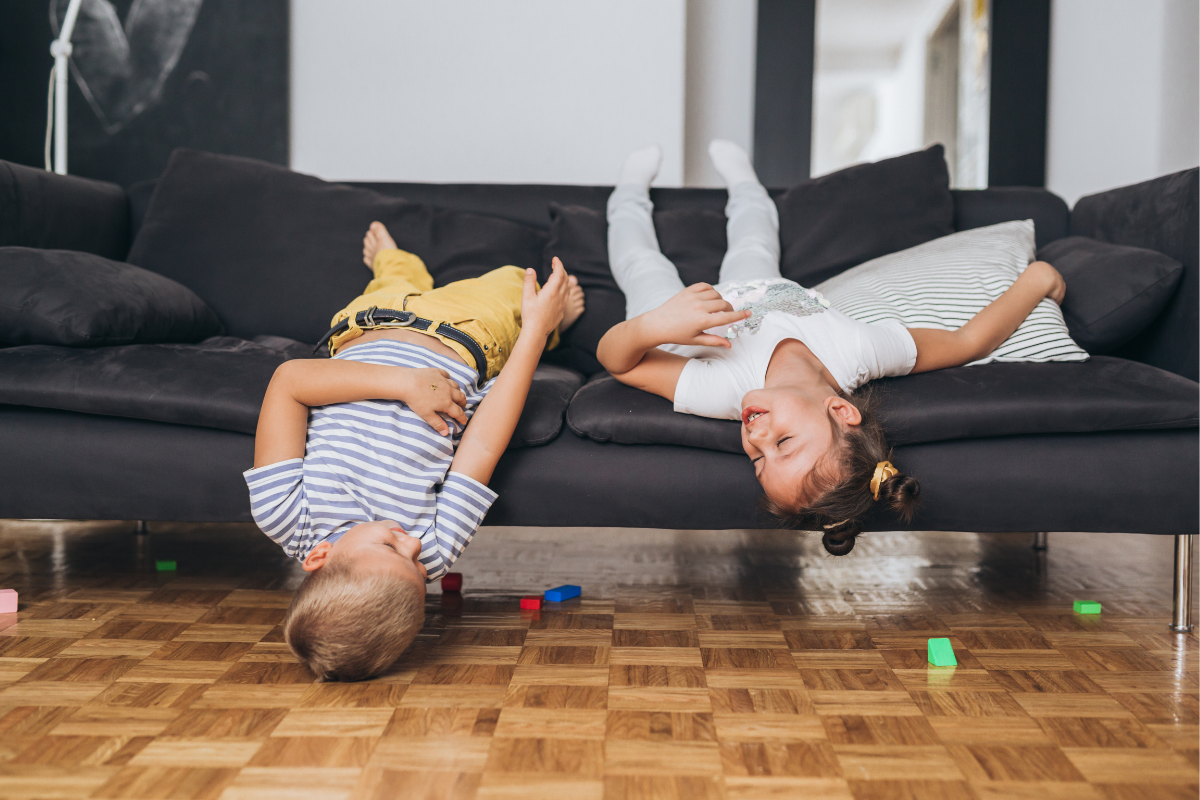Imagine dropping your child off at school, unaware that an invisible threat could be lurking in the very air they breathe. Radon, a natural radioactive gas, can go undetected but has serious implications for health and safety, particularly in schools and public buildings where we spend much of our time. Its presence is not discernible by sight, smell, or taste, yet it's the second leading cause of lung cancer.
Across educational institutions, the necessity of creating a safe learning environment extends beyond visible safety measures. What often goes unnoticed is the silent risk posed by radon gas, which may seep unseen into buildings from the ground below, accumulating in spaces where students and staff spend hours each day. The potential health impacts are considerable and warrant a closer examination.
This article will unravel the importance of testing schools and public facilities, explore the health hazards related to exposure to radon, and emphasize why regular monitoring is necessary. It will delve into the various testing methods, offer practical guidelines for implementing radon testing programs, and showcase instances where addressing radon concerns has markedly improved air quality and, by extension, public health.





